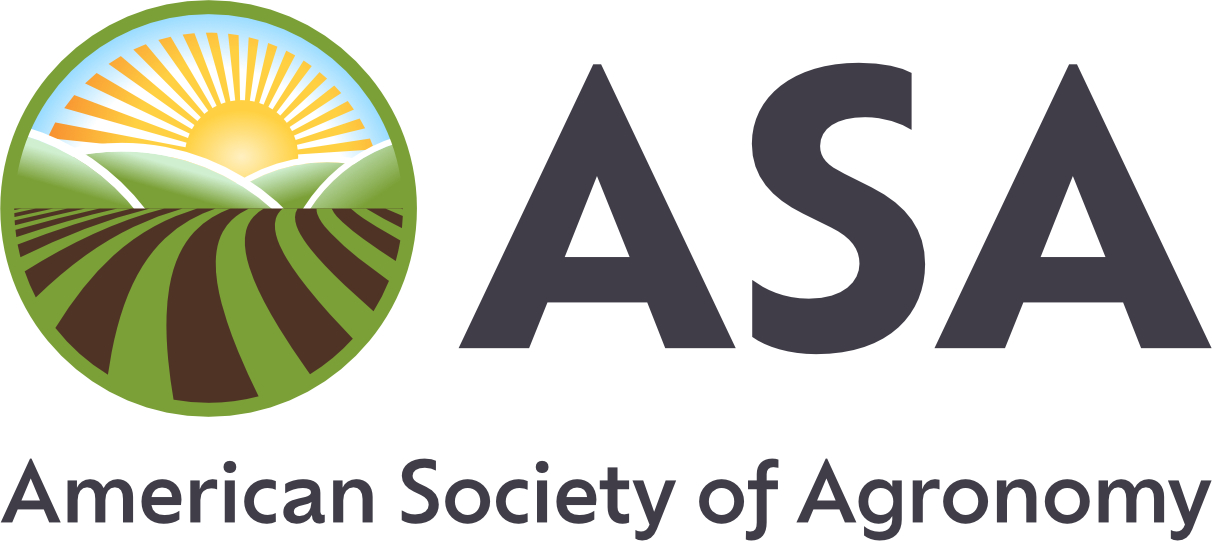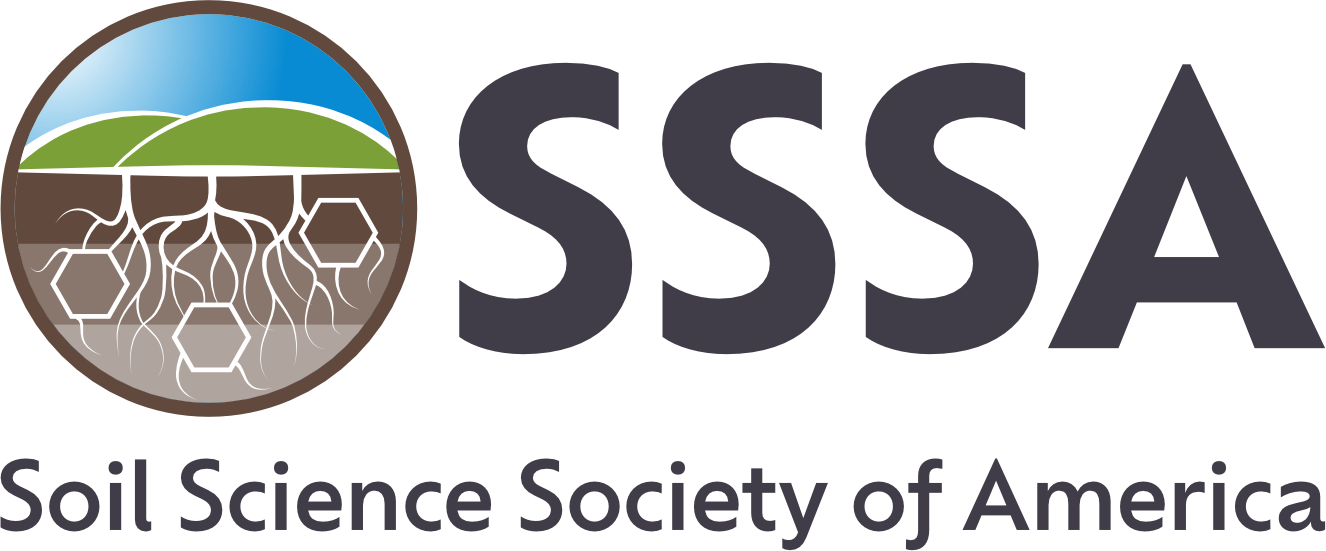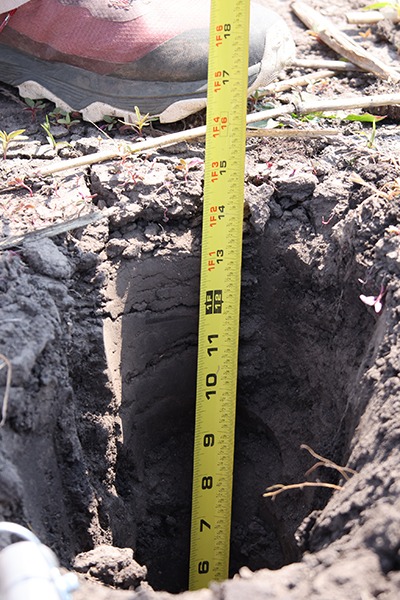Understanding the Partnerships for Climate-Smart Commodities Program
Click that orange button above to discover the challenges and recommendations for the PCSC program moving forward.
The Program
Through the Inflation Reduction Act (IRA), Congress provided $20 billion to “directly improve” soil carbon and reduce greenhouse gas (GHG) emissions in agriculture. This included $300 million to “quantify” and “monitor and track” climate-smart benefits. The US Department of Agriculture (USDA) has also invested $3.1 billion in the Partnerships for Climate-Smart Commodities (PCSC) program. The PCSC program supports 141 project across sectors including public, private, research, and academic initiatives.
USDA’s goal is to support “a diverse range of farmers, ranchers and private forest landowners.” Program eligibility also requires recipients to include meaningful involvement of small and underserved populations.
The Opportunity
Carbon markets can increase farmer profitability while encouraging practices that improve environmental conditions, increase soil health, and
combat climate change. The PCSC program provides a unique opportunity to strengthen data and enhance measuring, monitoring, reporting, and verifying (MMRV) methodology. This program can facilitate coordination between industry and government to ensure an even playing field.
The Challenge
Efforts to solve the complexity of establishing successful carbon markets are underway. Challenges may arise without proper coordination of data collection and MMRV standards.
Guidance for these principles could include:
- Determining which datasets are relevant for climate-smart practices;
- Establishing data collection methodology;
- Developing safeguards for data privacy and security; and
- Constructing standards for MMRV techniques.
Providing a framework will help coordinate efforts between public and private sectors. Comparable databases are already managed or contracted by the federal government.
Focusing on Outcomes
With a growing world population, agriculture is being called upon to produce more with less. Accurately quantifying soil carbon sequestration and GHG emissions is vital to help farmers understand the environmental impact of their choices and make informed decisions about which practices to adopt.
In addition to the benefits of individual projects, the PCSC program can be leveraged to achieve the following outcomes:
- Aggregation and synthesis of existing data;
- Fostering trust with stakeholders in the private sector;
- Creating transparent best practices for MMRV and technical assistance; and
- Identifying knowledge gaps with potential to be supported by private philanthropy.
Recommendations from Others
Stanford Law’s new report makes four recommendations to the USDA to maximize the impact of the PCSC program, including:
- Launching a USDA ag-methane reduction initiative and a nitrous oxide demonstration project;
- Launching a soil carbon measurement and monitoring plan;
- Establishing a Climate-Smart Protocol Clearinghouse to consolidate protocols used in the agricultural sector; and
- Establishing an agricultural GHG data management system to facilitate data collection while maintaining farmer privacy.
Potential Opportunities for Public-Private Partnerships
Western Governors’ Association (WGA) bridged the gap between the public and private sectors with their toolkit for managing invasive annual grasses. It was produced under a Shared Stewardship Memorandum of Understanding (MOU) between WGA and USDA, which:
- Created a roadmap for invasive annual grass management in the Western United States;
- Provided best-management practices for the identification, protection, and expansion of “core” areas, which are regions with low or no annual grass invasion;
- Developed case studies highlighting the included practices; and
- Researched a new geospatial data layer that uses analytical tools to compile existing federal data.
Incentives Work
Farmers can enroll in voluntary programs that incentivize conservation practices. The Farm Services Agency (FSA) offers the Conservation Reserve Program (CRP), which:
- Provides a rental payment incentive for farmers to remove environmentally sensitive land from production for 10 to 15 years; and
- Re-establishes land cover, improves water quality, prevents soil erosion, and reduces loss of wildlife habitat.
Data Paints the Picture
The right data can help paint the picture for climate smart practices. Data can help farmers distinguish their products and possibly provide a market premium. It can also help farmers make decisions on what to plant, when, and where.
Gaps to Fill: As with many successful programs, including those listed above, collaboration is key for success.
- The private sector can carry out MMRV techniques as well as collect data; however, a patchwork of techniques might be created and can exclude smaller groups.
- The PCSC program offers the opportunity for a strong private-public partnership to create guidance metrics.
Practical Data Sharing: USDA’s Market Access Program (MAP) provides the US agriculture industry with funding to support exports and foreign market development.
- MAP recipients also have access to the Trade Data Monitor and Euromonitor databases.
- While both are private sector databases, this is an example of how government can aggregate demand and provide small and large groups access to these powerful tools.
Establishing the Framework: The PCSC program’s success depends on establishing data collection framework guidance. Farmers want to know how the data will be used, who will store it, and how their information will be kept safe. USDA can set the standard for both data collection and MMRV because it can solicit:
- Input from farmers, nonprofits, private sectors, and other interested practices; and
- Input on what types of data should be included, when and how it will be collected, how MMRV standards should be measured, and who will ensure the MMRV standards are being upheld.
Creating a Worthwhile Program
The success of the PCSC program comes down to adding value for the farmer as well as coordinating data management and MMRV efforts. To ensure private sector involvement after PCSC grant funding ends, it will be important to explore opportunities to secure long- term funding.








